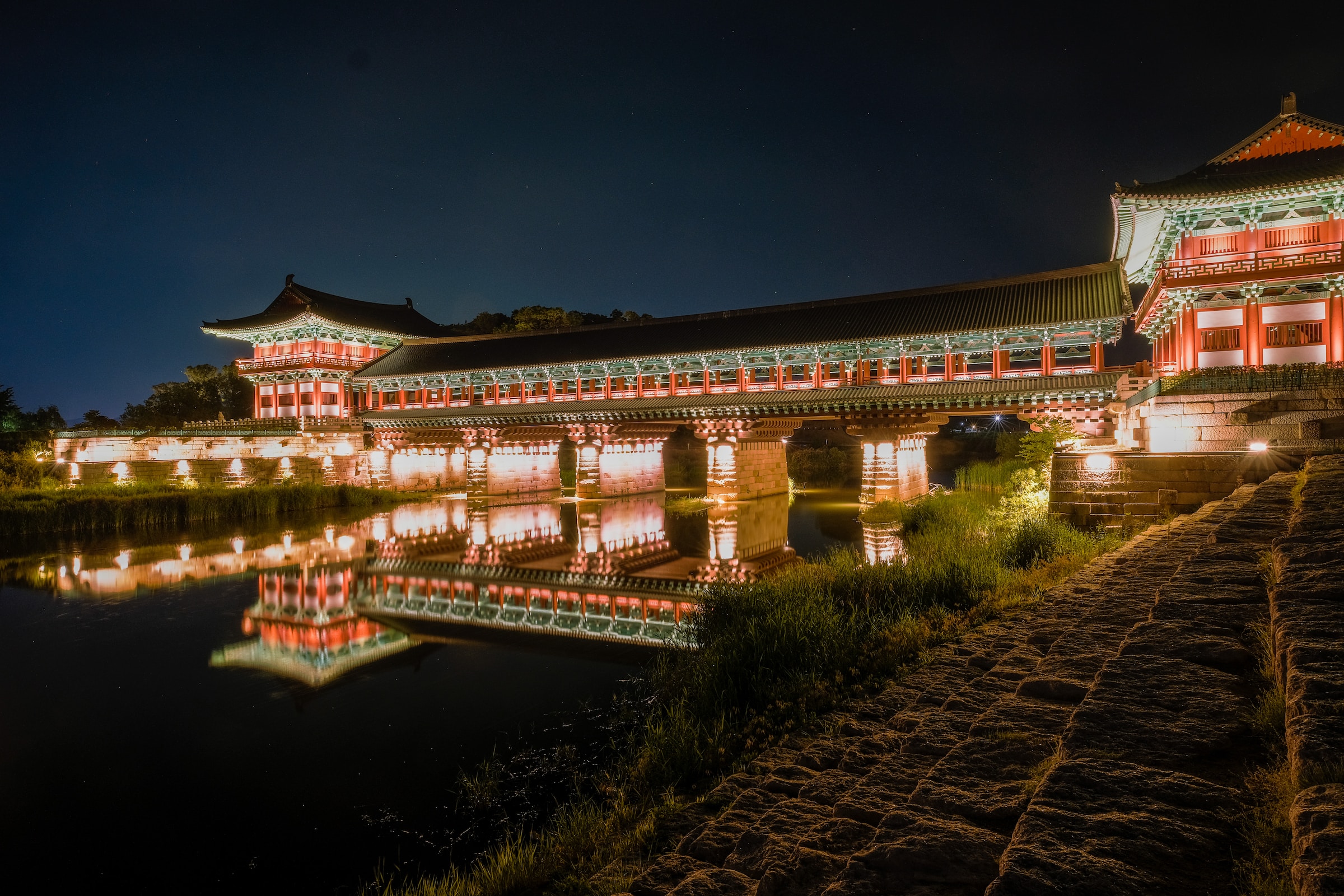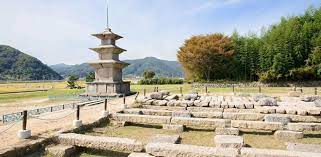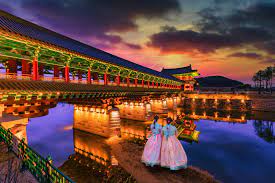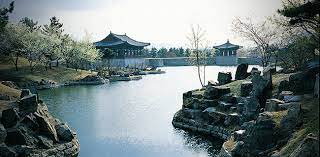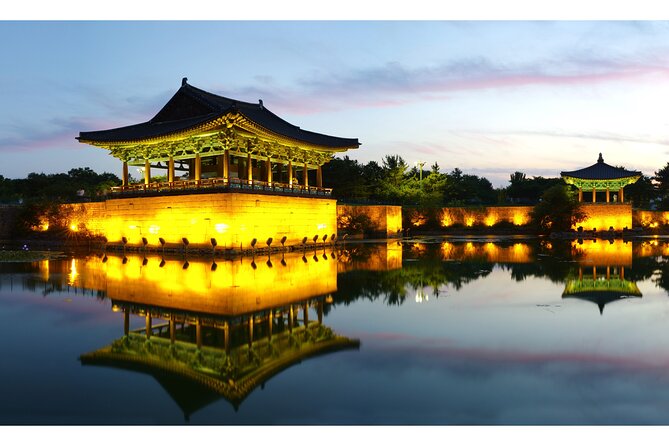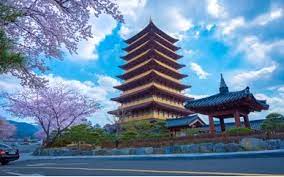Gyeongju, often referred to as the "Museum Without Walls," is a historical city in South Korea that serves as a treasure trove of cultural sites and ancient artifacts. As the capital of the Silla Dynasty for nearly a thousand years (57 BC - 935 AD), Gyeongju holds a rich history that's beautifully preserved in its architecture, artifacts, and landscapes. Here's a look at what makes Gyeongju a remarkable destination: Historical Significance: Gyeongju was the capital of the ancient Silla Kingdom, one of Korea's Three Kingdoms. Its historical importance is reflected in its many archaeological sites and artifacts, which have earned it a UNESCO World Heritage status. Bulguksa Temple: This temple is one of the most famous in South Korea and is often considered a masterpiece of Buddhist art and architecture. It's home to various pagodas, halls, and sculptures, showcasing the intricacies of Silla craftsmanship. Seokguram Grotto: Adjacent to Bulguksa Temple, the Seokguram Grotto houses a large granite Buddha statue and is a UNESCO-listed site. The grotto's serene and mystical atmosphere adds to its allure. Cheomseongdae Observatory: Believed to be one of the oldest astronomical observatories in East Asia, this structure offers insight into the scientific achievements of the Silla Dynasty. Anapji Pond: This artificial pond was created in the 7th century as part of the palace complex. It's surrounded by gardens, and its tranquil setting is particularly beautiful in the evenings. Gyeongju National Museum: This museum houses an extensive collection of artifacts from the Silla period, including pottery, gold jewelry, Buddhist statues, and more. It provides deep insights into the history and culture of the region. Tumuli Park: Known as the "Daereungwon Tomb Complex," this park features large burial mounds that contain the tombs of Silla kings and nobles. Some tombs are open for exploration, providing a glimpse into ancient royal life. Gyeongju Historic Areas: The entire city is a living museum with historic districts and neighborhoods that feature traditional architecture, houses, and local markets. Royal Tombs: The Gyeongju area is home to various royal tombs, including the Cheonmachong Tomb, where a stunning collection of artifacts was discovered, shedding light on Silla culture and society. Cultural Experience: Gyeongju offers visitors the chance to participate in traditional activities such as dressing in hanbok (traditional Korean clothing), trying traditional crafts, and experiencing local customs. Cherry Blossom Season: During spring, Gyeongju's cherry blossom sites, like Bomun Lake and various historic locations, become a mesmerizing spectacle of pink blooms. Gyeongju's preservation of its historical sites and commitment to showcasing its cultural heritage make it a remarkable destination for history enthusiasts, culture seekers, and anyone interested in exploring the ancient history of Korea. The city's ability to blend the past with the present creates a unique and immersive experience for visitors.
